
Washington, D.C. Newsroom, Mar 17, 2024 / 07:00 am (CNA).
St. Peter’s Basilica in Vatican City is easily the most recognizable church in the world. Visitors to the basilica are often left staring up in awe, taking in the grandeur and beauty of the world’s largest church.
Likewise with Michelangelo’s Sistine Chapel paintings, Johann Christian Bach’s “Requiem Mass,” and even Jean-Francois Millet’s “Angelus” — some more of the world’s most influential and beloved works of art created throughout the millennia.
What do all of these great works of art have in common? They were created by Catholics.
For millennia, Catholic artists have drawn millions to God through the power of truth, goodness, and beauty. But today, the Church is no longer widely known for producing beautiful art. What happened?
Daniel Mitsui, a contemporary Catholic artist based in Hobart, Indiana, who creates art in the medieval style, told CNA that Catholic art today suffers from the wounds of a double-edged sword: rejection of tradition and complacency.
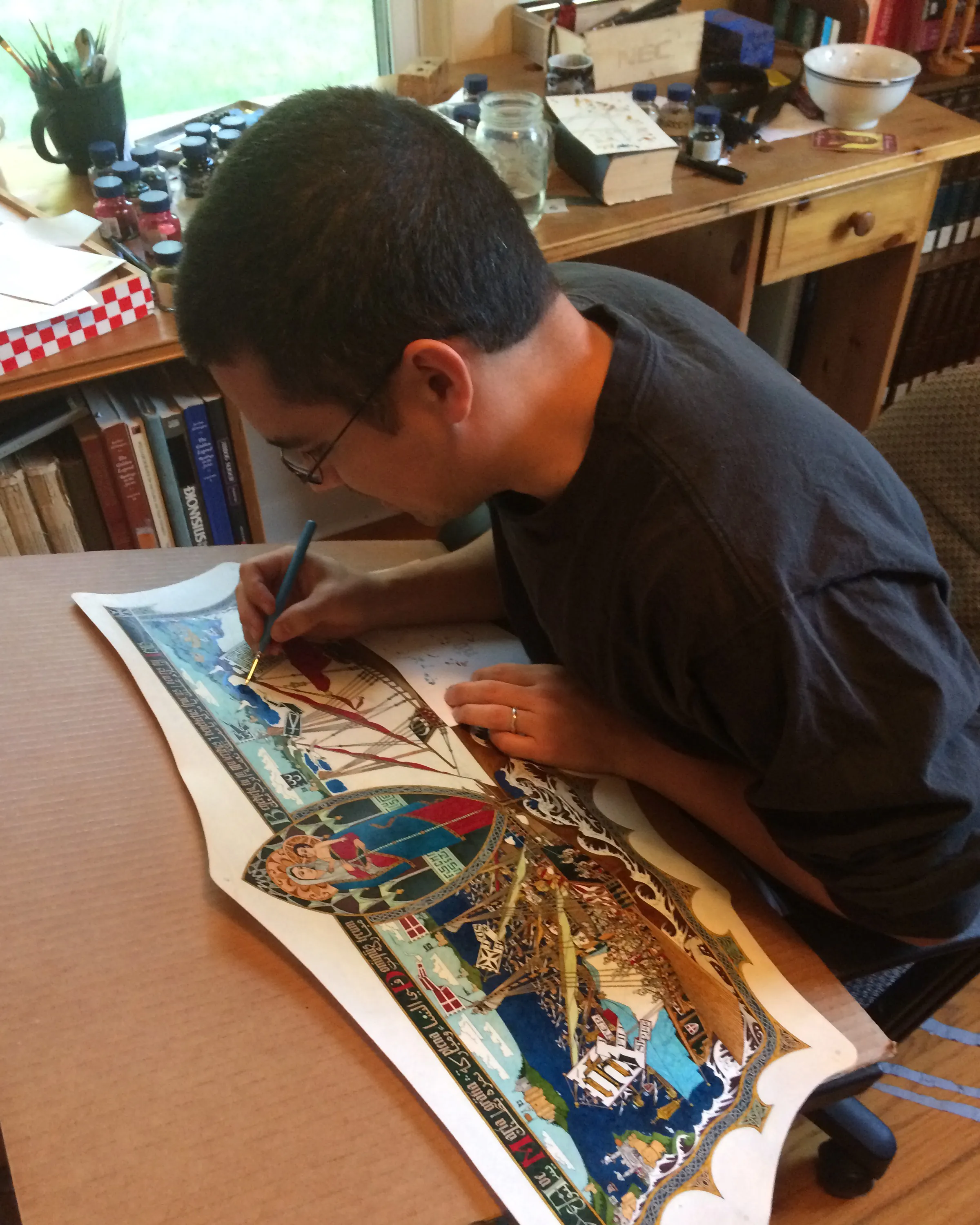
“I believe that Catholic religious artists have two tasks,” he said. “First, they should be faithful to tradition, attempting to hand down in their turn the things that have been remembered since the time of the New Testament and that are reflected also in the sacred liturgy and the writings of the Church Fathers. And second, they should make their work as beautiful as possible, because they are attempting to depict things the way that God sees them.”
“The experience of beauty,” he said, “is like a dim memory of life in paradise, an experience that no fallen human artist will be able to recreate. But we should strive to do the best we can!”
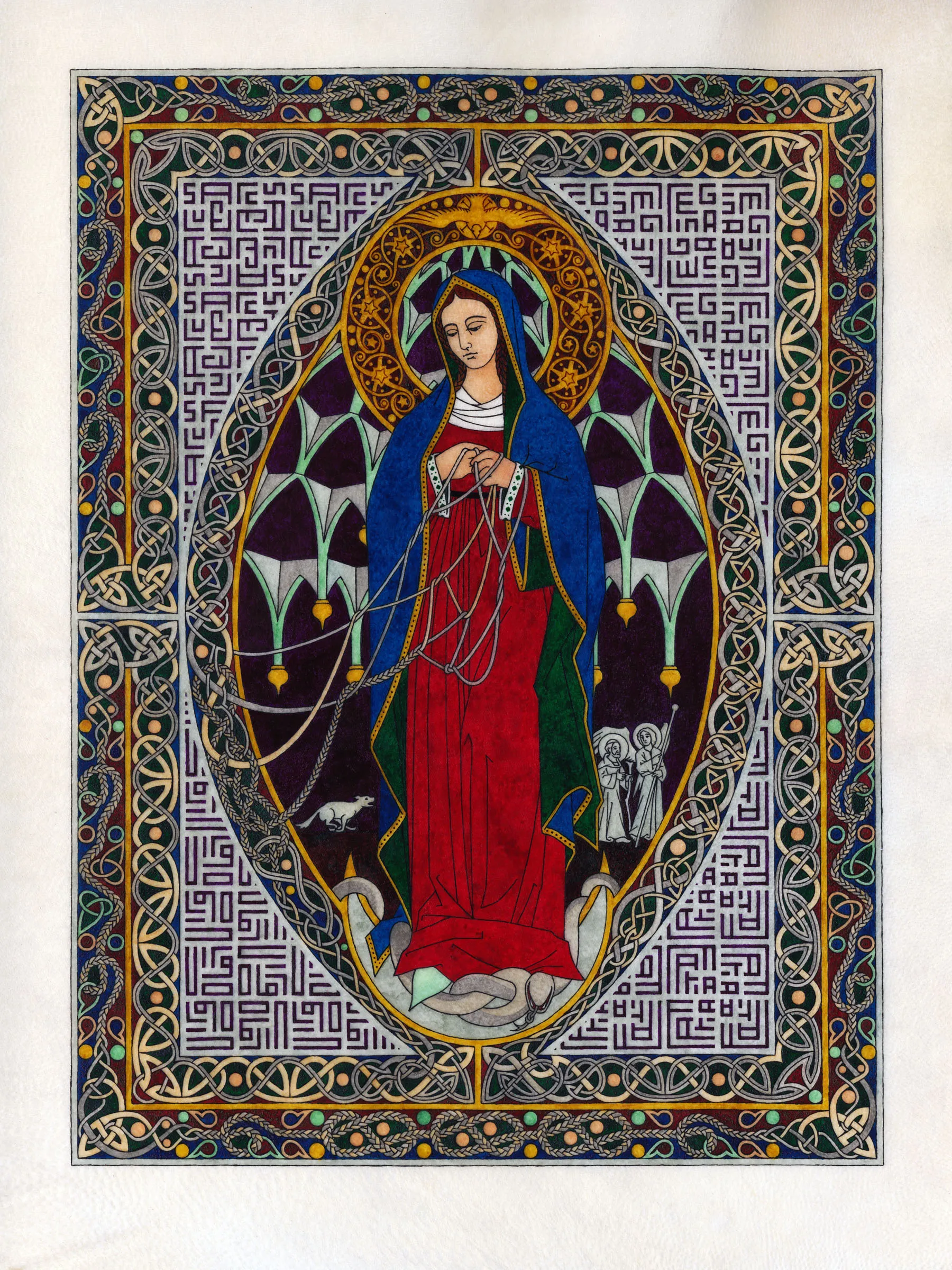
The ‘religion of the incarnation’
Despite the artistic lack in recent decades, there appears now to be a growing resurgence in the Catholic artistic world.
Gwyneth Thompson Briggs is one of the most prolific artists creating in the traditional Catholic style. A New England-based artist, Briggs told CNA that she has seen “stirrings of a restoration in the art world” and a “growing desire for a return to the grand tradition of sacred art.”
She started a website called the Catholic Artists Directory, which features many of the artists leading the Church’s artistic revival. This revival, Thompson believes, is vitally important.
“It is the enemy who wishes to make the world ugly, and he has had a lot of help in that direction these last 200 years. Our task is to make the world more beautiful,” she explained, adding that because “Christianity is the religion of the Incarnation,” Christian art “should be incarnational too.”
Rebuilding the Church
The Catholic artistic revival is not just limited to painting. Emerging from a relatively dark age of Catholic art, there are now many talented Catholic artists working in the mediums of painting, sculpting, music, architecture, and more.
Indeed, a large percentage of the Catholic churches built in the last two decades have been constructed in traditional styles in which beauty and form are emphasized.
A thread of American Catholic churches built in the last 2 decade
Cathedral of the Most Sacred Heart, Knoxville, Tennessee (2017) pic.twitter.com/rA1RVKS8Jd
— Al Carbo (@carbo_al) March 9, 2024
St. Mary’s Catholic Center in College Station, Texas, is just one example of a beautiful Catholic church built in the last decade.
Serving a vibrant student community at Texas A&M University, St. Mary’s long struggled to fit the multitudes of students coming to Mass in its old church building. Finally, St. Mary’s decided it was time to build a new church.
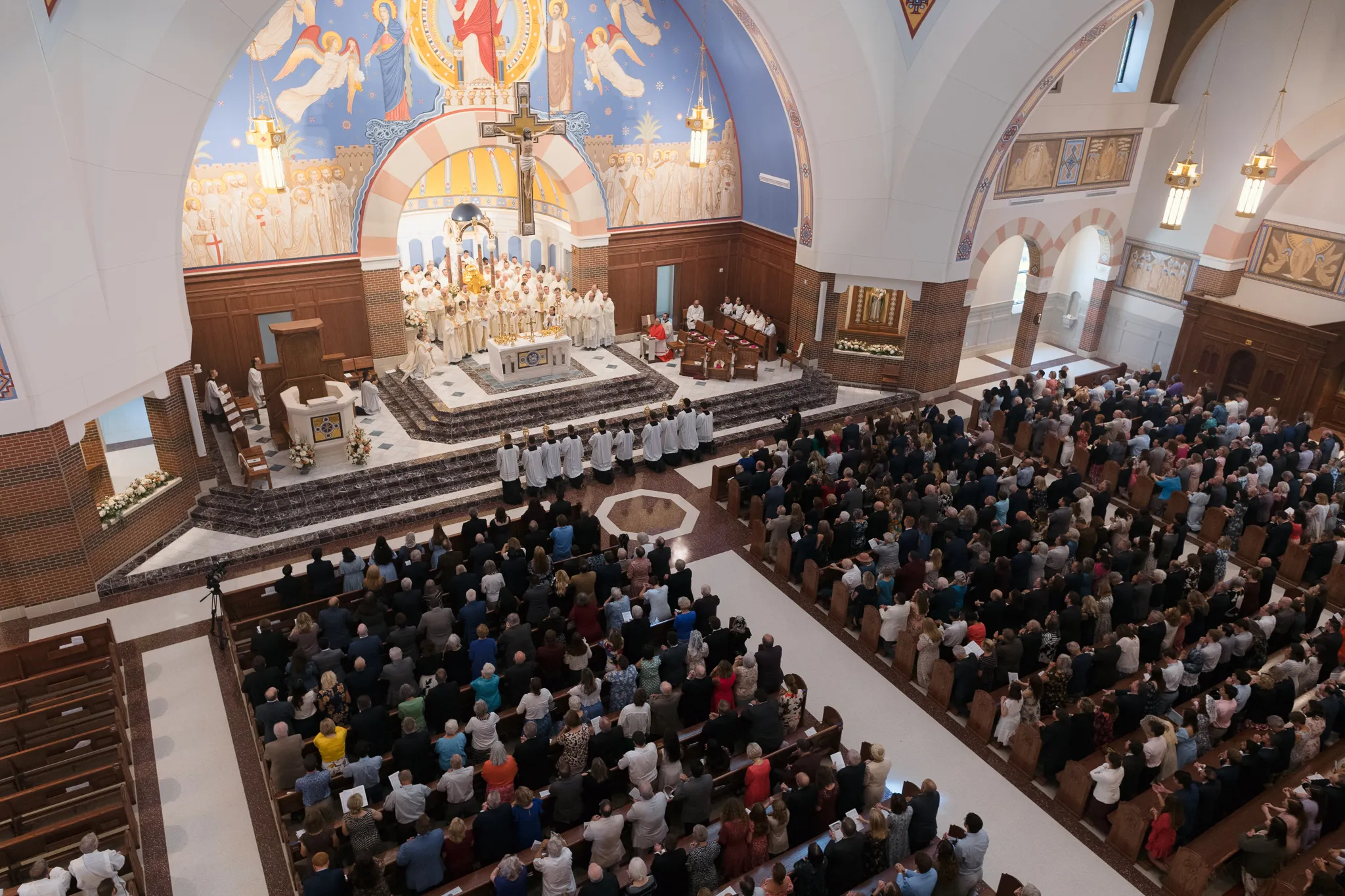
Father Will Straten, St. Mary’s pastor, told CNA that when they were considering the new church, they wanted something “that did not look like other buildings” that “students could identify as a church.”
“We wanted the building to be a beacon, to be a light that guided students to God,” he said.
The church was designed by a team of faithful Catholics from Studio io and completed in 2023. Anna Olinger, a student at A&M and an intern at St. Mary’s, told CNA that the new church has already had a big impact on students, Catholic and non-Catholic alike.

“The new church has been such a blessing because it has allowed students to enter into the liturgy and prayer in a way that uses all of our senses,” she explained. “From his birth, cross, and resurrection to his eternal reign, the church makes heaven seem a little closer. The church better helps students understand salvation history and the plan that God has for their personal salvation.”
“Art and architecture have been important tools of evangelization for centuries, and that is still true with the younger generation,” she said.
‘Surprised by the Gospel’
Martin Earle, a U.K.-based sacred artist who specializes in works for churches and the liturgy, told CNA that one should not mistake an artistic revival for a simple re-creation of the past.
According to Earle, the job of a Catholic artist today is to get “under the skin” of the old masterpieces of the faith and instead of copying them, “create new works that manifest a living tradition.”
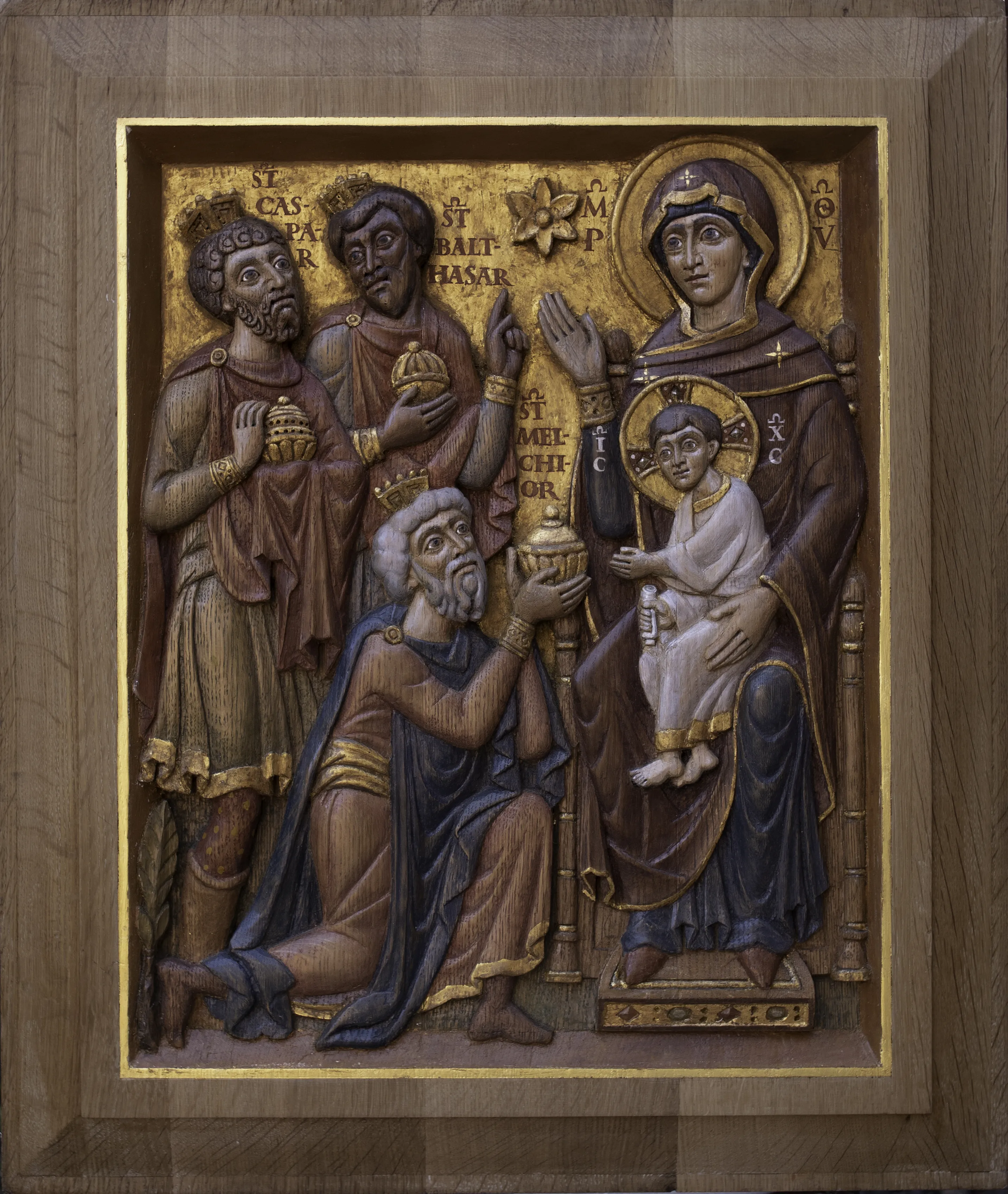
“We artists have a role to play in preaching the Gospel to each generation: to present it in all its freshness, beauty, and liveliness in a language that is attractive to our peers. This can only happen if we firstly allow ourselves to be surprised by the Gospel. Then we need to find the tools to communicate our wonder,” he explained.
Yet, according to Mitsui, if any Catholic artistic revival is to occur, ordinary, lay faithful will need to play a crucial part in it. Without Catholics supporting artists and fostering an environment where new art can be made, nothing will change.
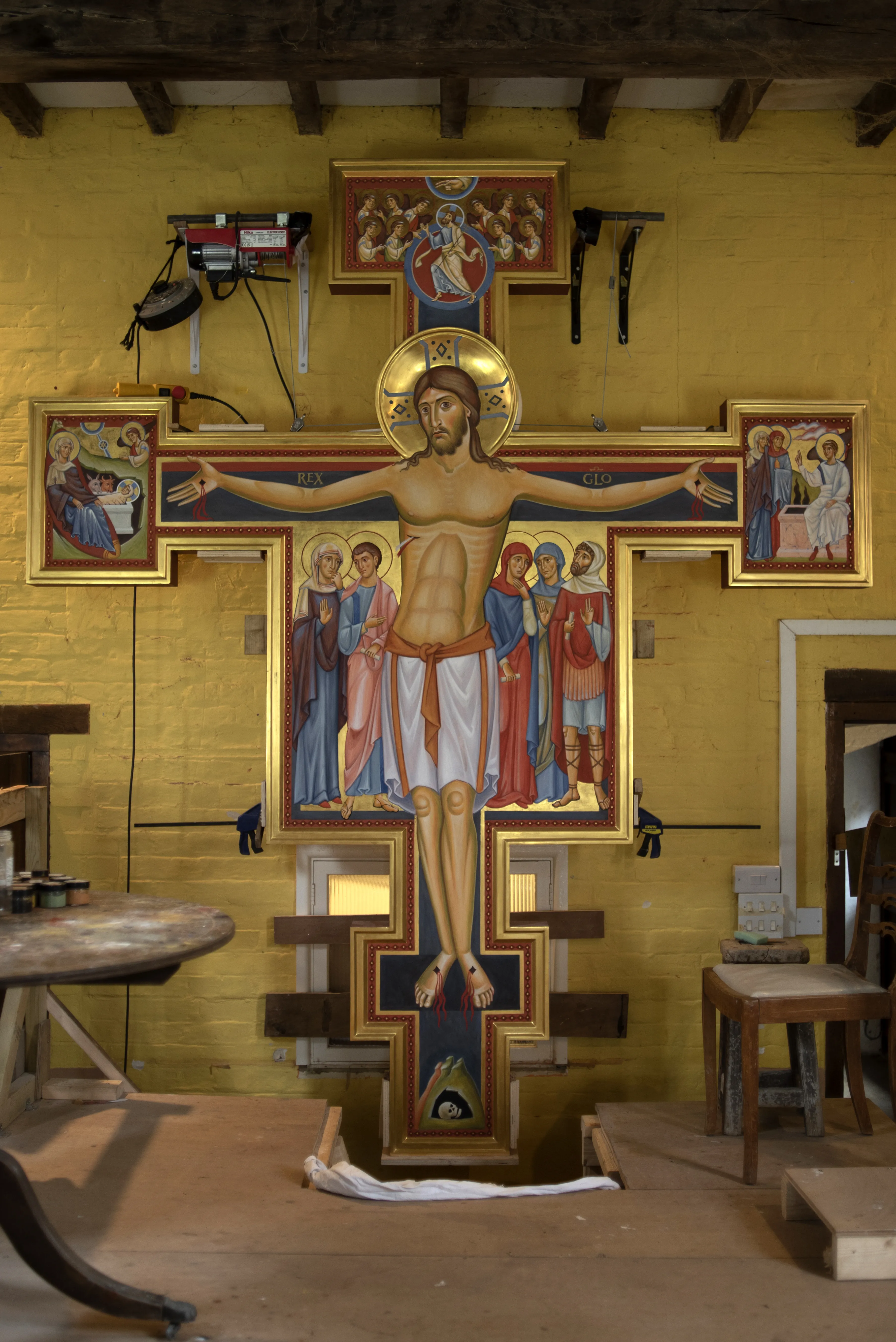
“We live in a time when it is easy to obtain reproductions of many historic masterpieces. Maybe collecting those and only those seems satisfactory and less risky than supporting any living artist. But if everyone does that, the next great religious artist will never get a chance to exist, because he or she had to get a job in advertising or something like that,” he explained.
Only with the help of the faithful, Mitsui said, can Catholic artists help the Church reach a new age of beauty and wonder in art.
If you value the news and views Catholic World Report provides, please consider donating to support our efforts. Your contribution will help us continue to make CWR available to all readers worldwide for free, without a subscription. Thank you for your generosity!
Click here for more information on donating to CWR. Click here to sign up for our newsletter.




A welcome relief for those of us still reeling from the toxicity of Rupnik.
A correction: it is a mistake to call an artist “a sacred artist”. We are not “sacred virgins”. In the East we have a word “iconographer” for that. Perhaps in the West “a liturgical artist” (meaning one who makes liturgical art) would do. “Sacred image” = icon, not “sacred artist”.
I forgot: the fresco (?) in the Sanctuary (photo of St. Mary’s Catholic Center) works extremely well in a context of Mass creating the effect of the heavenly and earthly Churches both visible and worshiping together.